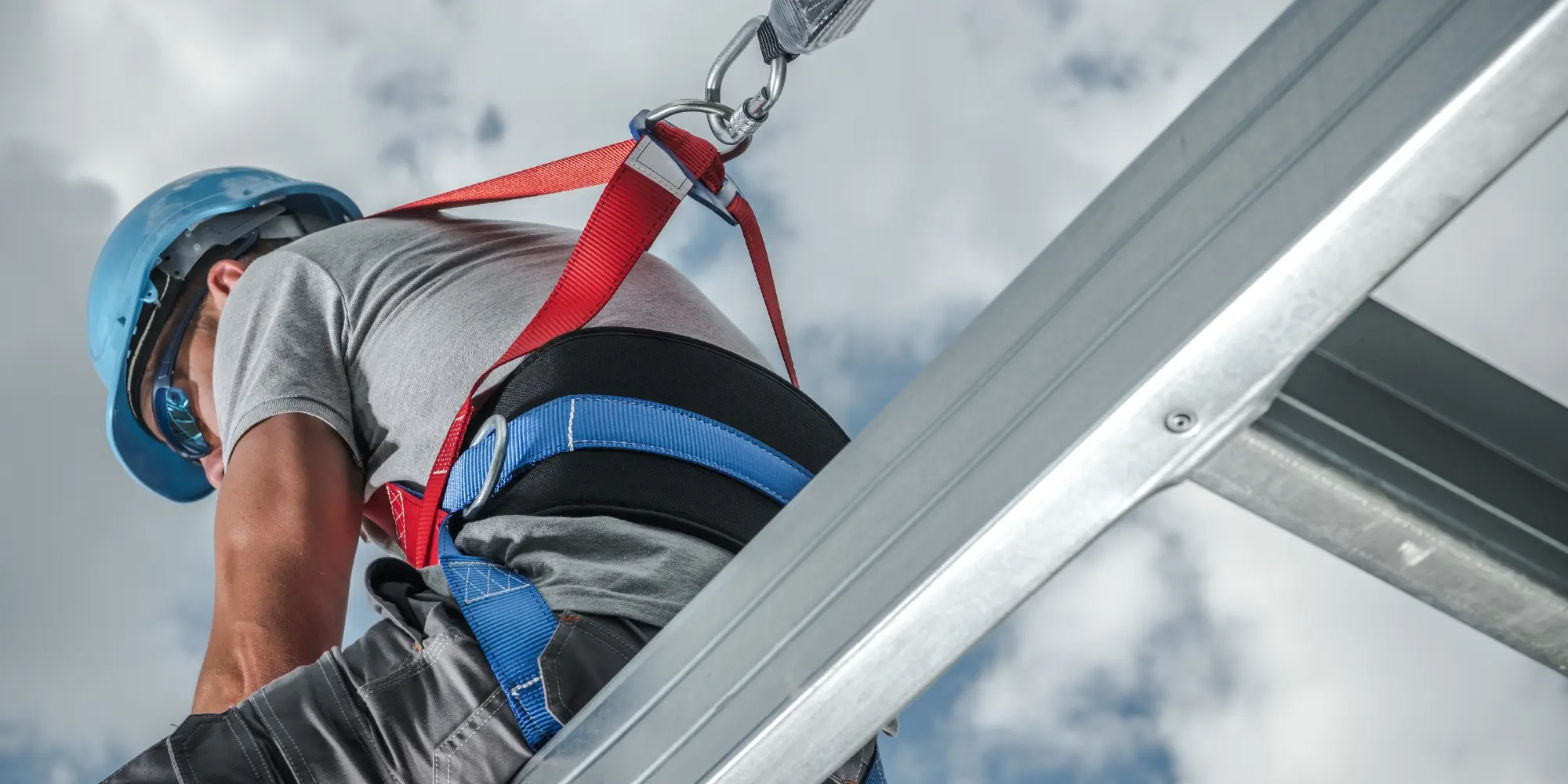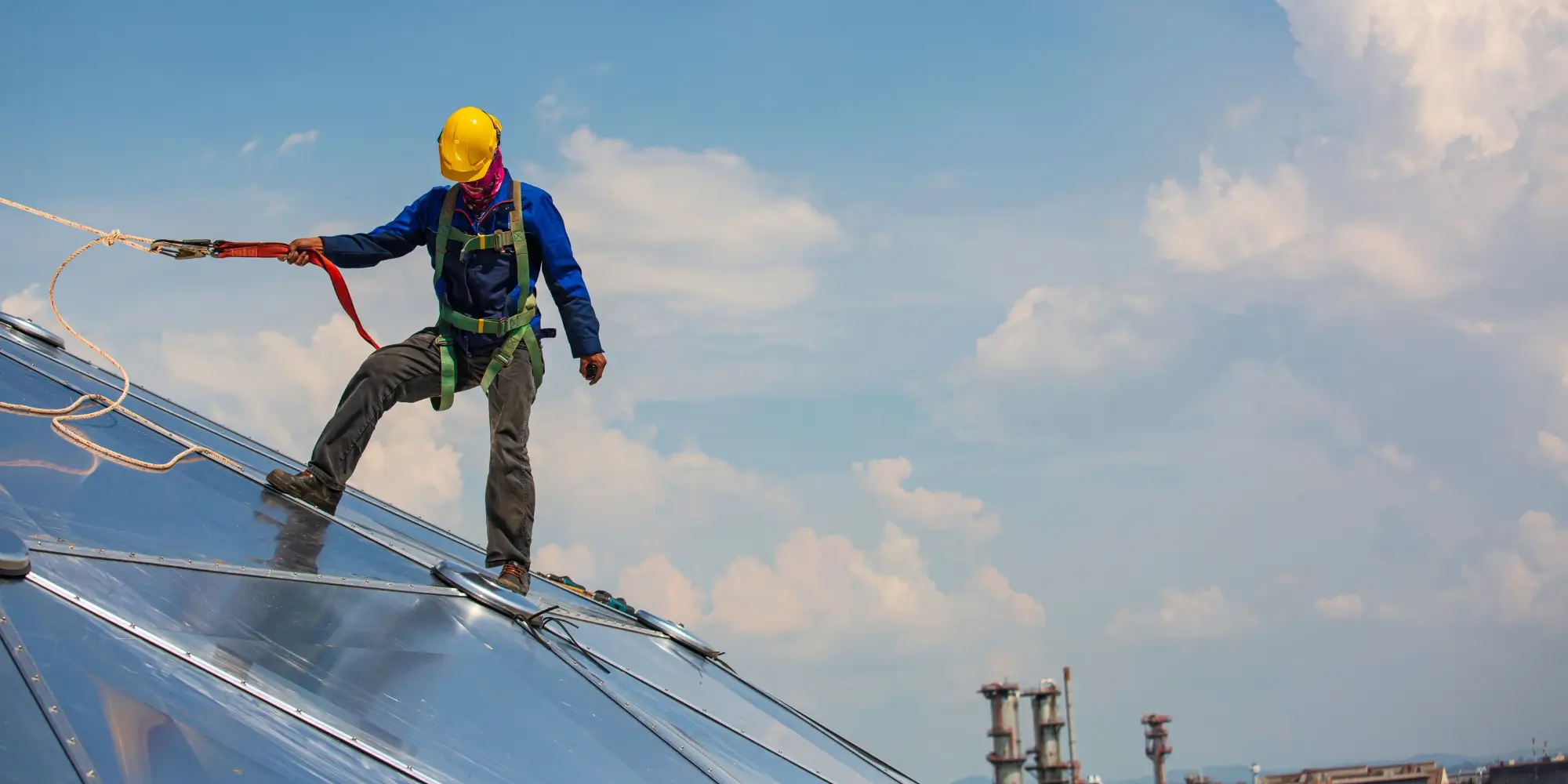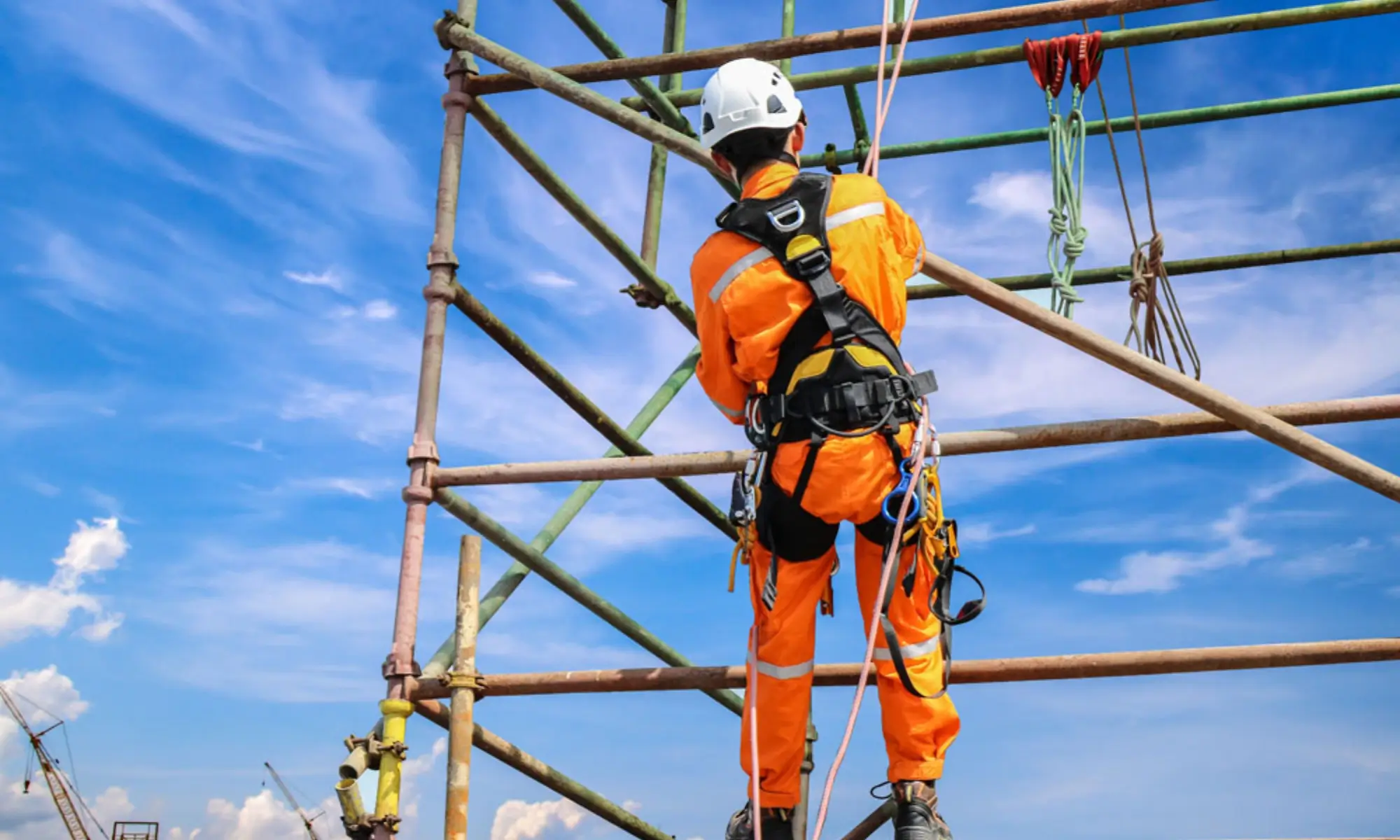Safety harnesses are critical components in ensuring worker safety, especially for those operating at heights or in environments where fall risks are prevalent. Understanding the lifespan of a safety harness is essential for employers and workers alike to maintain a safe working environment and comply with safety regulations.
This comprehensive guide delves into the factors that determine the longevity of safety harnesses, when they should be replaced, and best practices for inspection and maintenance.
Understanding the Lifespan of Safety Harnesses
Average Lifespan
- Typical Duration: On average, a safety harness has a lifespan of approximately five years. However, this can vary significantly based on several factors.
- Extended Lifespan: Some harnesses, depending on their make and model, are approved for use up to ten years. It’s crucial to consult the manufacturer’s guidelines to determine the specific lifespan of your equipment.
No Mandated Expiration Date
- Regulatory Standards: Neither the Occupational Safety and Health Administration (OSHA) nor the American National Standards Institute (ANSI) prescribe a fixed expiration date for safety harnesses.
- Manufacturer Recommendations: While manufacturers may offer guidelines on the expected lifespan, the ultimate decision to retire a harness lies with the employer and trained inspectors based on regular inspections and usage conditions.

When to Replace a Safety Harness
Manufacturer’s Guidelines
- Reference Manual: Always refer to the manufacturer’s instructions for specific recommendations regarding the lifespan and replacement intervals of your safety harness.
- Usage Conditions: Factors such as frequency of use, environmental exposure, and the nature of the tasks performed can influence the replacement timeline.
Regular Inspections
- Mandatory Checks: According to the Work at Height Regulations 2005, employers must ensure that safety harnesses and related equipment are inspected regularly.
- Inspection Frequency:
- Anchorages: Inspect at least once a year.
- Energy-Absorbing Lanyards: Inspect every six months, or every three months under strenuous conditions.
Signs That a Harness Needs Replacement
- Missing Serial Number: Without a serial number, tracing the harness to its manufacturer or verifying inspection history becomes impossible.
- Unrecorded Manufacturing Date: An unclear manufacturing date makes it difficult to determine the harness’s age and adherence to lifespan guidelines.
- Expired Inspection Date: If the harness hasn’t been inspected within the last 12 months, it should be deemed unsafe for use.
Physical Damage:
- Webbing and Stitching: Look for cuts, fraying, burns, UV damage, or any signs of wear and tear.
- Metal/Plastic Components: Check for deformation, cracks, corrosion, or malfunctioning buckles.
- Load Indicators: Any rips or separation in the stitching indicate that the harness has been subjected to a fall and must be retired immediately.
Environmental Damage:
- Exposure to chemicals, excessive sunlight, or improper storage can weaken the harness materials.
Factors Affecting the Lifespan of Safety Harnesses
Environmental Exposure
- UV Rays and Sunlight: Prolonged exposure can deteriorate synthetic fibers, making the harness brittle.
- Chemicals and Acids: Can weaken both the webbing and metal components, compromising the harness’s integrity.
Physical Wear and Tear
- Snagging and Abrasion: Regular contact with protruding objects can cause tears or fraying in the webbing.
- Repeated Use: Frequent donning and doffing can lead to accelerated wear, especially in high-stress environments.
Storage Conditions
- Proper Storage: Harnesses should be stored hanging by the D-ring or neatly folded, away from direct sunlight, moisture, and extreme temperatures.
- Improper Storage: Storing harnesses improperly can lead to unnecessary stress on the webbing and components, reducing their effectiveness.
Inspection Procedures
Pre-Use Inspection by the User
Before each use, the wearer should conduct a quick check to ensure there are no obvious signs of damage or wear. This includes:
- Visual Inspection: Look for tears, frays, or other visible damage.
- Functional Check: Ensure all buckles and fastenings operate smoothly.
Formal Inspection by a Trained Inspector
A comprehensive inspection should be conducted at least every six months by a competent, trained inspector. The inspection process typically involves:
- Inspecting Webbing and Stitching: Check for cuts, fraying, pulled threads, abrasions, burns, and chemical exposure and Flex the webbing to reveal hidden defects.
- Examining Metal and Plastic Components: Ensure buckles engage and disengage smoothly and Look for cracks, corrosion, deformation, or missing safety harness parts.
- Checking Load Indicators: Verify that load indicators are intact and show no signs of having been subjected to a fall.
- Reviewing Labels and Serial Numbers: Confirm that all labels are present, legible, and that serial numbers are intact.
- Completing Inspection Documentation: Maintain a detailed log of inspections, including condition assessments and any necessary actions taken.

Best Practices for Maintenance and Storage
Proper Storage Techniques
- Hanging: Always hang the harness by the D-ring to allow the webbing to relax.
- Avoid Direct Sunlight: Store harnesses in a cool, shaded area to prevent UV damage.
- Dry Environment: Keep harnesses dry to prevent deterioration from moisture.
Handling Guidelines
- Avoid Sharp Objects: Prevent snags and tears by being mindful of the surrounding environment.
- Clean Properly: Remove any chemicals or contaminants following the manufacturer’s cleaning instructions to maintain the harness’s integrity.
Post-Fall Inspection
- Immediate Removal: Any harness that has been involved in a fall or impact event must be taken out of service immediately.
- Professional Assessment: Have the harness inspected by a qualified professional before considering it for further use, though it is typically recommended to retire it after such events.
Consequences of Not Replacing an Expired Harness
Failing to replace a safety harness when necessary can have severe repercussions, including:
- Increased Risk of Failure: A compromised harness may not provide adequate protection during a fall, leading to serious injuries or fatalities.
- Legal Implications: Employers may face fines and legal actions for not adhering to safety regulations.
- Financial Loss: Accidents can result in significant financial burdens due to medical costs, compensation claims, and potential loss of workforce.
- Reputation Damage: Safety incidents can tarnish a company’s reputation, affecting future business opportunities.
Frequently Asked Questions (FAQs)
Conclusion
Safety harnesses play a pivotal role in protecting workers from fall-related injuries and fatalities. While there is no one-size-fits-all answer to how long a safety harness remains safe for use, adhering to manufacturer guidelines, conducting regular inspections, and being vigilant about signs of wear and tear are crucial steps in ensuring ongoing safety. Employers must prioritize the maintenance and timely replacement of safety harnesses to uphold workplace safety standards and protect their workforce effectively.
By implementing rigorous inspection routines and fostering a culture of safety awareness, businesses can mitigate risks associated with harness failures and maintain a secure working environment for all employees.

